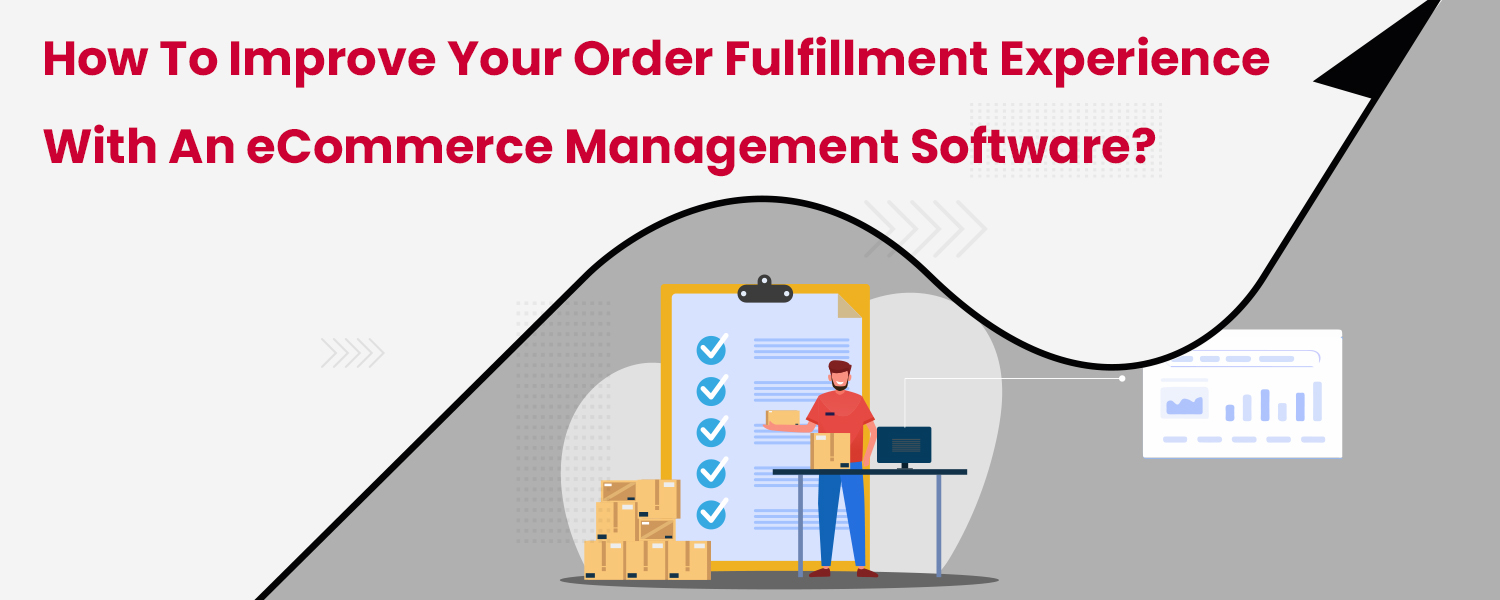Order fulfillment may be a headache for you. Surprisingly, eCommerce Management Software, as well as logistics software, can save the day. Carefully read the below details to understand eCommerce Management Software and how does it work.
eCommerce management software allows you to manage your business across numerous markets and web storefronts from a single dashboard. Warehouse, courier platforms, inventory, order, business analytics, and remittance are among the functions.
Getting eCommerce Logistics and Management Software to Work Together
For your eCommerce business to succeed, you must have a solid operational basis. Warehouse and inventory management, order processing across marketplaces, and eventually distributing orders to one’s eCommerce shipping platform are all part of this process.
In the age of three-party logistics and supply chains, logistics and shipping are critical. A smart and resilient logistics platform has the essential competence to manage different courier platforms, maximize delivery, and smoothly handle NDR. When the two are combined, you have a competitive advantage, and it may be accomplished with a few clicks from the eCommerce software panel.
What is eCommerce Order Fulfillment?
When a customer places an online order, order fulfillment begins. Picking, sorting, packaging, tracking, returns, and shipping are all necessary steps in the process. However, you must recognize that certain pre-processing operations, such as inventory management, are also required. Overall, the following factors are important:
- Management of inventory
- Management of multiple warehouses
- Management of purchases and sourcing
- Models for eCommerce order fulfillment
- Order fetch through marketplaces
- Order placement for packaging
- Orders assigned to shipping partners
- Processing of orders
- Processing of return orders
Types of Order Fulfillment
Currently, Indian marketplaces have many order fulfillment mechanisms, and it might be perplexing for you depending on the marketplace. All fulfillment models and marketplaces may be integrated into one place using eCommerce management software. Here are a few examples.
1. Self-Fulfillment
In-house fulfillment, also known as self-fulfillment, is when you handle all aspects of order fulfillment, including shipping, using your eCommerce shipping partner.
2. PO Model
You invoice the marketplace and supply products in bulk to the marketplace under this scenario. The marketplace then invoices your buyers, sorts, and repacks the products according to your customer’s specific requests.
3. Dropshipping
When a customer puts an order on a marketplace, dropshipping is the most frequent fulfillment approach. The buyer is immediately billed by the eCommerce merchant, who also ships the product to them. It provides you with more control over your business, but it also raises your obligation. You can choose to have your package picked up by a marketplace-assigned or owned logistics partner. As a result, the return and delivery processes are more efficient.
4. Online Fulfillment
The eCommerce marketplaces give order fulfillment services to their merchants for a charge in this approach. Amazon FBA is one example. You send the products straight to the marketplace warehouse, which handles order fulfillment.
5. Fulfillment by a Third-Party
Developed third-party logistics companies have arisen in India due to the exponential expansion of the eCommerce shipping sector. Warehouse, courier, kitting, logistics, and other services are provided by these companies.
Benefits of eCommerce Management Software
Because eCommerce is only growing, you must improve how you operate and execute orders. Having an online store and not having a good system to deal with order fulfillment can only hurt your company. Some of the reasons to have eCommerce management software are listed below:
- Creates a tumultuous working atmosphere
- Customers are leaving; there is no brand loyalty.
- Failure to maintain and outlast the competition
Aside from these considerations, you must know that you may be banned as a merchant. If you cancel, you may be penalized equally for the product’s worth. You may prevent all of this by using an eCommerce management system.
From a single dashboard, it can handle every facet of running an online business. Aside from that, there are a few significant features:
Management of Inventory & Warehouse
1. Stock Outs Can Be Avoided
Customers expect to receive the product when they purchase; nevertheless, you may cancel the transaction if it is sold on another marketplace. Repeat customers may occasionally discover that a product is out of stock. Stock-outs are often typical during eCommerce flash deals, resulting in a poor customer experience. With eCommerce Shipping Management Software, you receive a full picture of your company and its inventory, allowing for improved inventory forecasting.
2. Marketplace-wise Allocation of Inventory
Managing inventory becomes increasingly challenging when you begin to sell on more and more marketplaces. It is among the most compelling reasons to use eCommerce management software.
Reserving inventory for specific marketplaces is an obvious approach. However, in the actual world, this is not feasible. It is tough to predict demand from each market, and as a result, it is nearly difficult for you to determine how much inventory to devote for each marketplace ahead of time.
3. Order Processing with Zero Errors
You are already aware of the traditional order fulfillment stages in eCommerce as a merchant. The procedure begins with the relevant products from the warehouse being selected according to the picklist. The order is then packaged according to marketplace requirements, and an invoice is created. The procedure concludes with the creation of the manifest and the application of shipping labels. These processes are usually handled manually by Indian internet vendors.
4. Employee Costs are Reduced
While it may appear that you are spending money on equipment, keep in mind that lower personnel expenses. With scanners, order fulfillment tasks require fewer people. Your regular operations become more simplified, and you may deploy fewer staff in a conveyor belt method to process more orders.
Conclusion
With eCommerce Shipping Management Software synchronized to your account, you can now optimize your order fulfillment. Many logistics experts suggest that you always ask for a trial and select software that is simple to use and has a team to help you along the way.




